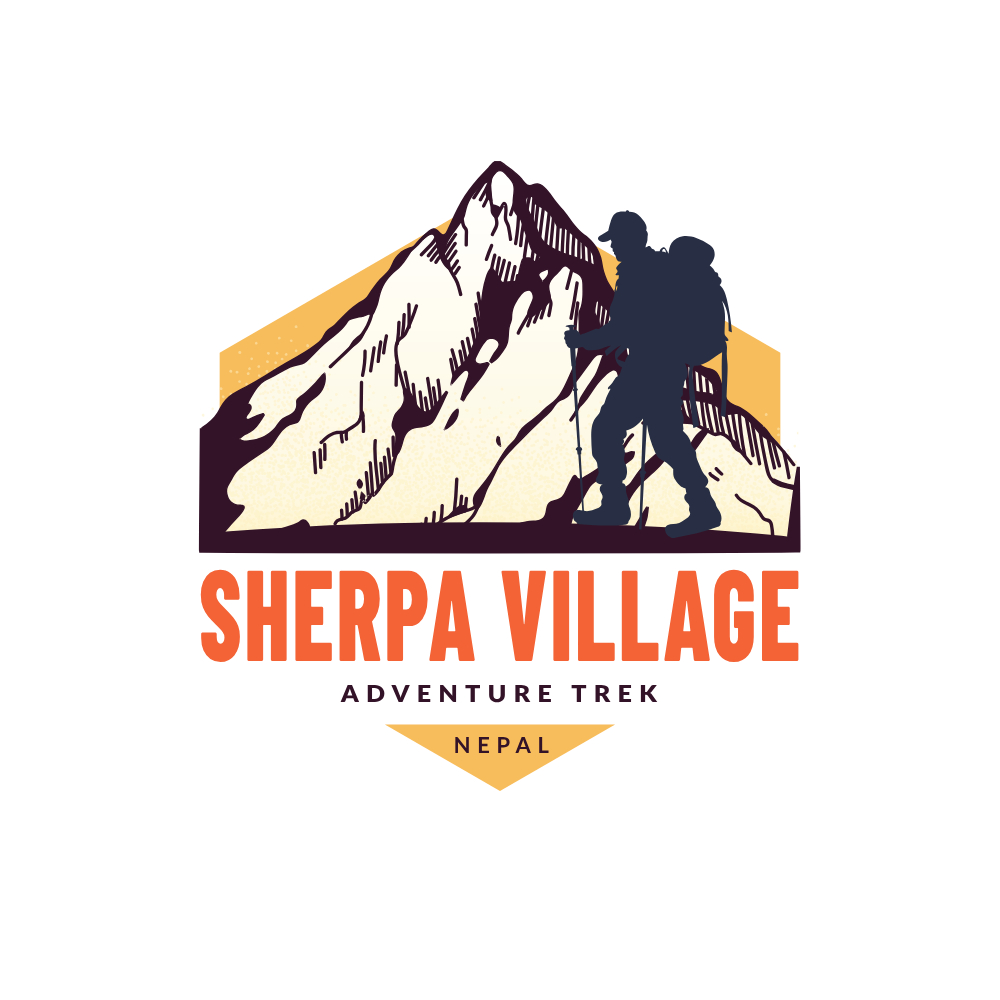This trip starts and ends in Kathmandu, capital of Nepal. This city itself has a lot to offer in terms of diverse experiences ranging from historical, spiritual, scenic and adventurous perspective. Generally, we take a flight from Kathmandu to Lukla and then start our hike towards Phakding and walk our way towards Namche Bazar via Dudhkoshi valley. Namche bazar is popularly termed gateway to Everest, as it is the hub for trekker, expeditions and local Sherpa people, the last bazzar on route to Mt.Everest.
From there, you descend back down before climbing up again to Thyangboche. On this route one will see magnificent forests full of giant firs, magnolia and rhododendren. From Thyangboche monastary, we drop down to Imjikhola and ascend to Kalapatthar, for the breathtaking view of Everest and Nuptse. From there, we trek down to Everest Base Camp at the foot of the Khumbu ice fall before finally making our way back down to Lukla. Finally, we catch a flight back to Kathmandu from Lukla to end the Everest Base Camp Trek.

